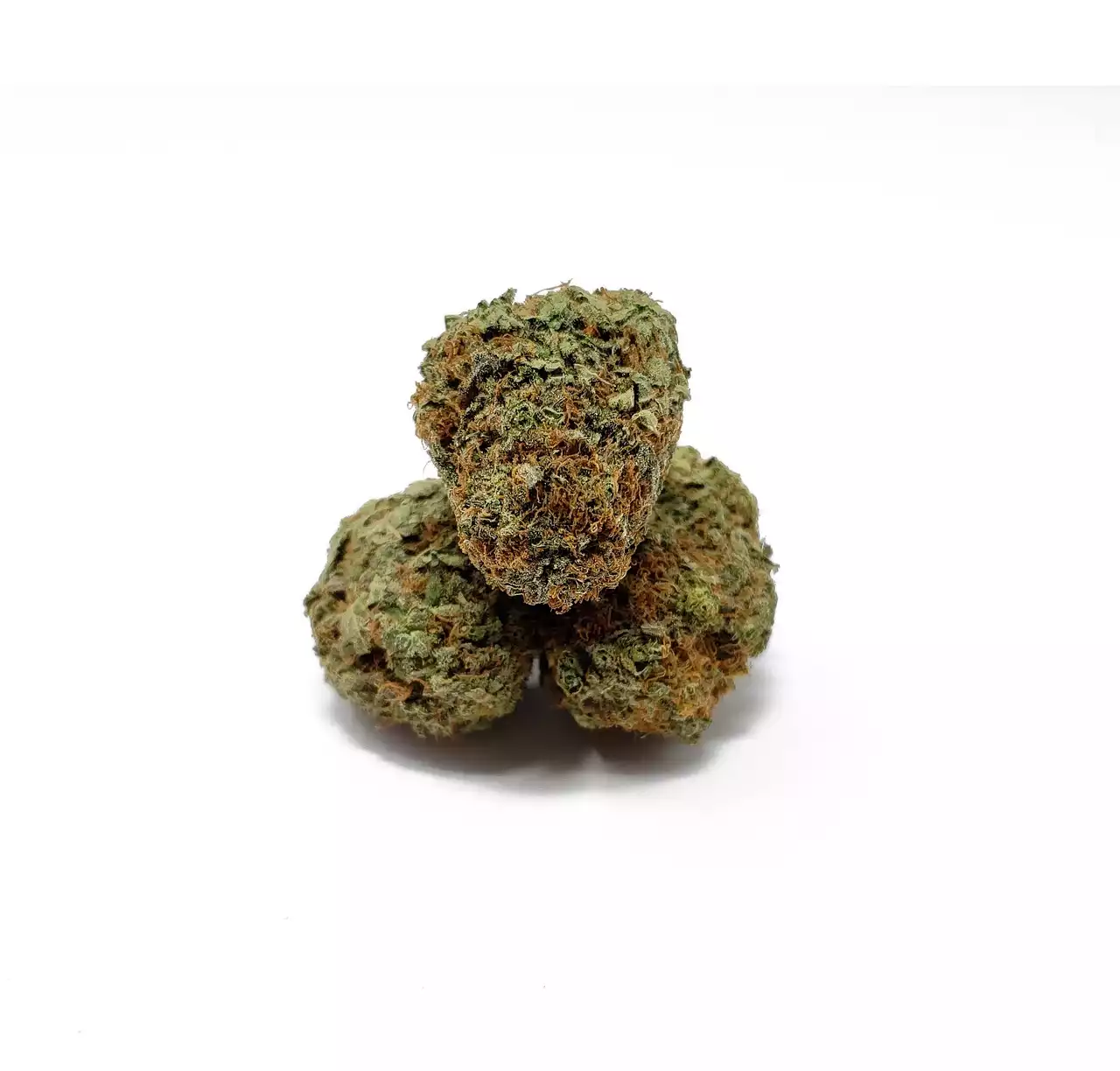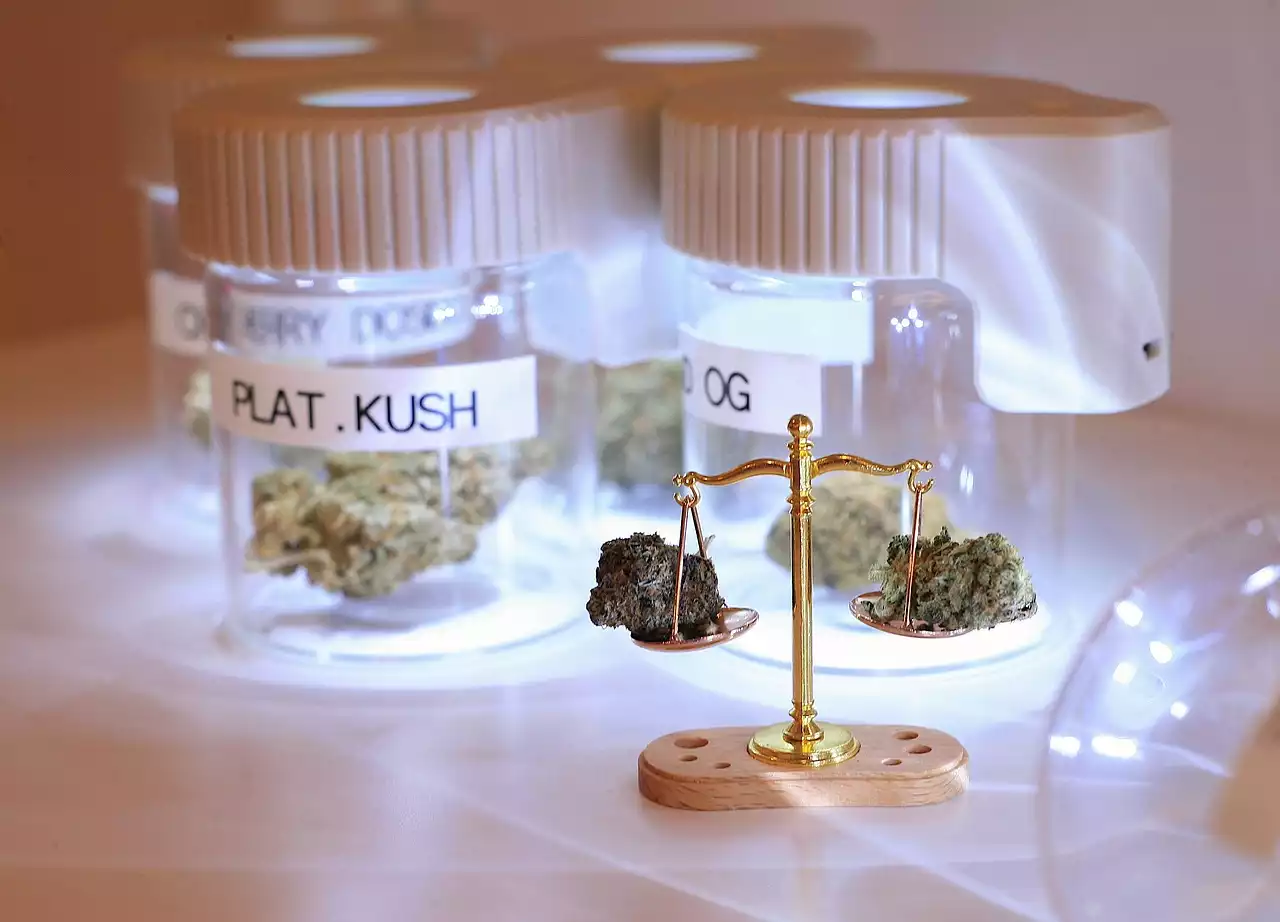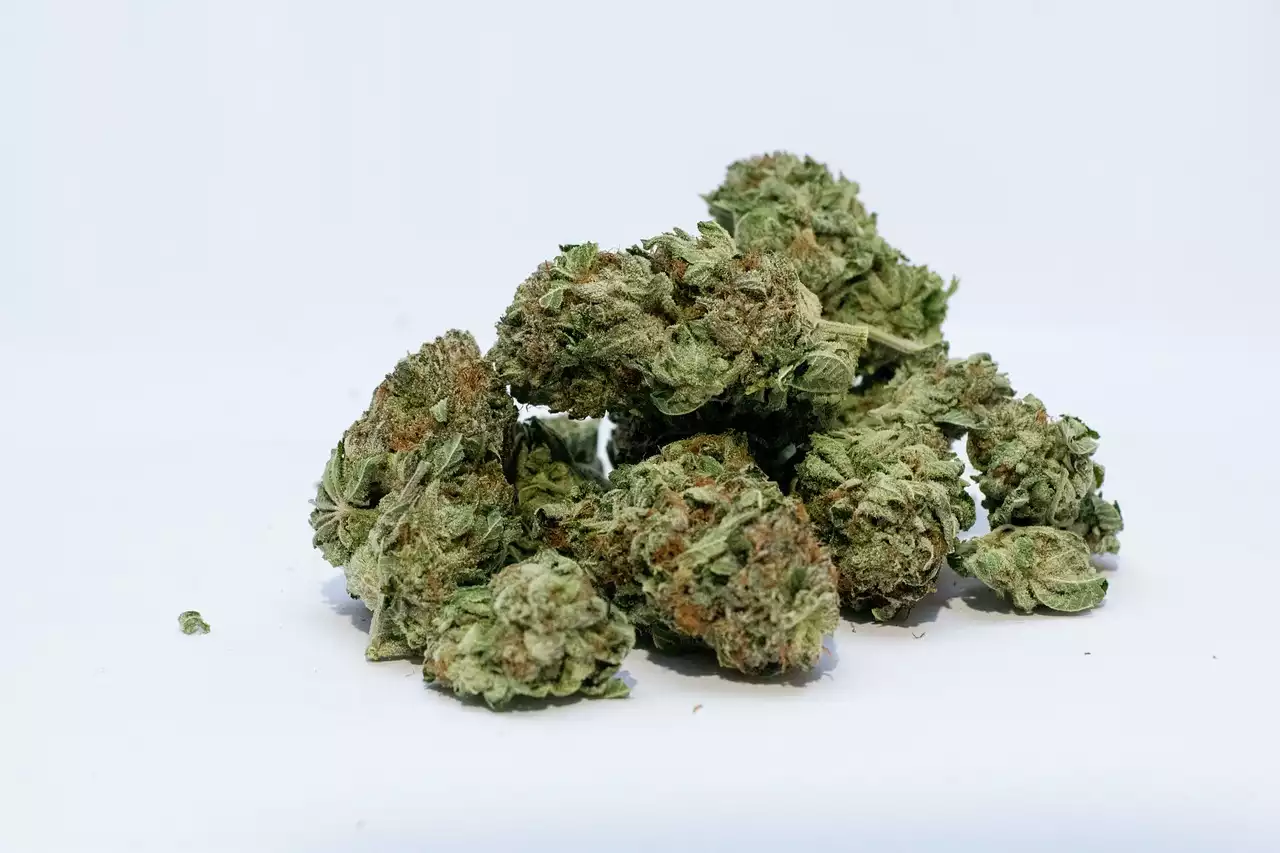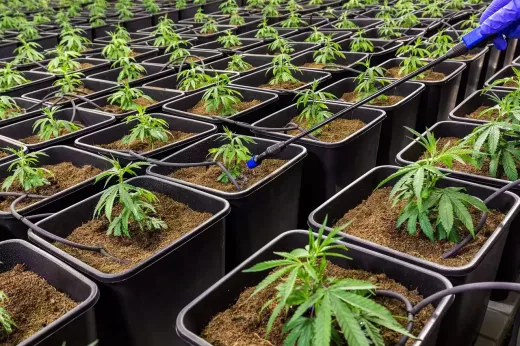Introduction
Have you ever wondered if there could be a non-invasive way to analyze the THC levels in the body of cannabis smokers? Well, wonder no more! In this groundbreaking article, we delve into the exciting world of THC analysis through the breath of cannabis users.
Unlike traditional methods that require blood or urine samples, scientists have discovered that THC can be detected and measured through breath analysis. This innovative approach could revolutionize the way we understand and study the effects of cannabis on the body.
Using state-of-the-art technology, researchers have found a correlation between the concentration of THC in breath and the psychoactive effects experienced by individuals. By accurately measuring THC levels in the breath, experts can gain valuable insights into its impact on cognitive function, driving impairment, and overall health.
This article explores the science behind THC breath analysis, its potential applications in forensic and medical fields, and the challenges faced in its implementation. Stay tuned as we uncover the secrets hidden in the breath of cannabis smokers and shed light on this cutting-edge technology.
Importance of THC Analysis in the Cannabis Industry
The cannabis industry has been booming in recent years, with legalization efforts gaining traction in many parts of the world. As the market grows, so does the need for accurate THC analysis. THC, or delta-9-tetrahydrocannabinol, is the primary psychoactive compound found in cannabis. Understanding THC levels is crucial for both recreational and medical users.
Accurate THC analysis is essential for several reasons. First, it allows regulators to monitor compliance with legal limits on THC content in cannabis products. This ensures consumer safety and prevents the sale of potentially harmful products. Second, it helps medical professionals determine the appropriate dosage for patients using cannabis for therapeutic purposes. Lastly, THC analysis can assist researchers in studying the effects of cannabis on various health conditions and developing evidence-based treatment plans.
Different Methods of THC Analysis
Traditionally, THC analysis has relied on invasive methods, such as blood and urine tests. While these methods are reliable, they have limitations. Blood tests provide a snapshot of THC levels at the time of testing, but do not provide insights into long-term usage patterns. Urine tests are more suitable for detecting THC metabolites, but they are not ideal for real-time analysis.
Breath analysis offers a non-invasive alternative for THC analysis. The principle behind breath analysis is based on the fact that when cannabis is consumed, THC is absorbed into the bloodstream and eventually exhaled through the breath. By capturing and analyzing breath samples, it becomes possible to measure THC levels and gain valuable information about recent cannabis use.
Understanding Breath Analysis for THC Detection
Breath analysis for THC detection relies on advanced technology known as breathalyzers. These devices are specifically designed to detect and measure the concentration of THC in breath samples. The process involves the collection of a breath sample, which is then analyzed for the presence of THC molecules.
Breathalyzers used for THC analysis utilize a variety of techniques, including infrared spectroscopy and mass spectrometry. These techniques allow for accurate and sensitive detection of THC, even at low concentrations. By comparing the concentration of THC in breath to established thresholds, it becomes possible to determine if an individual has recently consumed cannabis and estimate the level of impairment.
Advantages and Limitations of Breath Analysis
Breath analysis for THC detection offers several advantages over traditional methods. Firstly, it is non-invasive, making it more comfortable and convenient for individuals being tested. Unlike blood or urine tests, breath analysis does not require medical professionals to collect samples, reducing costs and potential privacy concerns.
Another advantage of breath analysis is its ability to provide real-time information about recent cannabis use. Unlike blood or urine tests, which may detect THC metabolites for days or weeks after use, breath analysis focuses on the active THC present in the body. This allows for a more accurate assessment of impairment and usage patterns.
However, breath analysis for THC detection also has limitations. One of the main challenges is establishing standardized thresholds for impairment. Unlike alcohol, where there are well-defined legal limits for driving under the influence, determining impairment levels for THC is more complex. THC affects individuals differently, and tolerance levels can vary greatly. Additionally, the presence of other substances or underlying health conditions can impact the interpretation of breath analysis results.
Factors Affecting Breath THC Levels
Several factors can influence the concentration of THC in breath samples. The most significant factor is the time elapsed since cannabis consumption. THC levels in breath are highest immediately after consumption and gradually decrease over time. Other factors that can affect breath THC levels include the potency of the cannabis product, the method of consumption, and individual metabolism.
It's important to note that breath analysis for THC detection cannot determine the exact quantity of THC consumed or provide information about the frequency of use. It can only indicate recent cannabis use and estimate the level of impairment at the time of testing.
Current Research and Advancements in Breath THC Analysis
The field of breath THC analysis is still relatively new, but ongoing research is expanding our knowledge and capabilities. Scientists are exploring ways to improve the accuracy and reliability of breathalyzers, as well as developing standardized protocols and thresholds for impairment.
Advancements in technology are also driving progress in breath THC analysis. Miniaturized breathalyzers that can be used in various settings, such as roadside testing or workplace monitoring, are being developed. These portable devices offer convenience and efficiency, making THC analysis more accessible.
Furthermore, researchers are investigating the potential of breath analysis for detecting other cannabis compounds, such as CBD (cannabidiol) and various terpenes. This could provide a more comprehensive understanding of the chemical composition of cannabis products and their effects on the body.
Legal Implications and Regulations Surrounding Breath THC Analysis
The use of breath analysis for THC detection raises important legal and regulatory considerations. Different jurisdictions have varying laws regarding cannabis use and impairment. Establishing standardized thresholds for impairment and determining the legal consequences of exceeding those thresholds is a complex process.
Regulations surrounding breath THC analysis must also address issues of privacy and consent. As with any form of testing, individuals should have the right to refuse or challenge the results if they believe the testing process was conducted improperly or violated their rights.
Challenges and Future Prospects of Breath THC Analysis
While breath analysis for THC detection shows great promise, there are several challenges that need to be addressed. Standardizing thresholds for impairment and developing reliable protocols is essential for widespread adoption. Additionally, more research is needed to better understand the relationship between breath THC levels and impairment, as well as the impact of factors such as tolerance and co-use of other substances.
As technology advances and research progresses, breath THC analysis has the potential to become a valuable tool in various fields. From law enforcement and workplace safety to medical diagnostics and treatment monitoring, the ability to accurately measure THC levels through breath analysis opens up new possibilities for understanding the effects of cannabis on individuals and society.
Conclusion
Unraveling the secrets of THC analysis through breath of cannabis smokers is a fascinating journey into the world of non-invasive testing. By harnessing the power of breath analysis, researchers and professionals can gain valuable insights into the impact of cannabis on cognitive function, driving impairment, and overall health.
While there are challenges and limitations to overcome, the future of breath THC analysis looks promising. Advancements in technology, ongoing research, and regulatory developments will pave the way for standardized protocols, legal frameworks, and improved accuracy.
As we continue to unlock the potential of THC analysis through breath, we move closer to understanding the intricacies of cannabis use and its effects on individuals. The secrets hidden in the breath of cannabis smokers hold the key to a deeper understanding of this complex plant and its impact on our lives.













